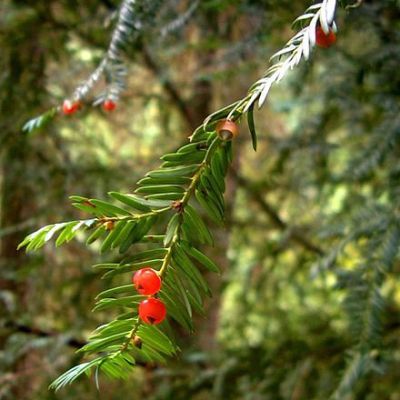Biography
I have practiced and taught homeopathy for over 30 years, initially in the U.K. and then the United States. I was director of a homeopathy school in San Francisco for 12 years until 2008 and taught homeopathy throughout North America. I has been active in many homeopathic organizations, including the Council for Homeopathic Certification, the largest certifying body in North America, the California Health Freedom Coalition, which established a health freedom bill in California and the California Homeopathic Medical Society. I was editor of the journal of that organization, the California Homeopath for eight years. I have written four homeopathy books: two are homeopathic travel guides, The Natural Medicine Guide for Travel and Home and its companion book, an Essential Health Guide for Travel and Home which condenses the necessary information into a pocket size book. This came from my years of travel and living in many countries, including 4 African countries and also India.

Taxus Brevifolia

Nicotiana Rustica

Rinus Communis

Bristlecone Pine

Cassava Root
While living and teaching in the USA, I organized a number of homeopathic provings with colleagues and students of mine. Provings are an essential part of homeopathic knowledge and participating and coordinating provings is an important part of the experience of being a homeopath. The provings I did included Pacific Yew tree, called Taxus brevifolia, which is well- known as the anti-cancer drug tamoxifen, originates from this tree. I also coordinated a proving of the Bristle Cone Pine, the oldest tree in the world, which is found in the higher parts of the Sierra Nevada Mountains in California. Other provings included a new proving of Petroleum and also of Rinus Communis, where Castor Oil comes from. One of the first provings I did was of Nicotiana Rustica, a more wild form of tobacco and it was the traditional form of tobacco that indigenous people in North and South America smoked and used for ceremonial purposes. From this study I wrote a book called Tobacco, An Exploration of its Nature Through The Prism of Homeopathy. I wanted to reveal the amazing experience of homeopathic provings and also link this to the historical use of tobacco by native peoples and the way in which tobacco became so popular with the early colonists to the Americas and its subsequent adoption in European and other cultures. When living in Malawi, I also did a proving of Casava, the ubiquitous food source adopted by many African societies. Like potatoes and yams it originates from South and Central America but is now a staple food supply in much of Sub-Saharan Africa.

The last book I wrote was called Comparative Materia Medica, Integrating New and Old Remedies. This textbook was an attempt to integrate new and old remedies into a more coherent form and allow students and practitioners of homeopathy to navigate the ever-growing body of knowledge of homeopathic remedies.
I lived for over eight years in various African countries, including nearly one year in Ghana, 2 years in Malawi and 5 years in Kenya. I was Educational Director of the Kenya School for Integrated Medicine, based near Mombasa, Kenya and ran a European Union funded Public Health project, working with the Kenyan Ministry of Health. Part of this work involved doing research into how homeopathy was working in an African context and where most of work was in outreach clinics in rural parts of the county where we lived. We also did research into health attitudes in many communities as well as supporting the national community health strategies in the Kenyan health care system. We also implemented a novel method of collecting important health data using smart phones. I have also spent time in Eswatini and worked with the Swaziland Homeopathy Project doing research into traditional medicines and clinical outreach. I have also travelled extensively in India and other parts of Asia throughout my life.
I am now currently living between Spain and the UK, and writing a Therapeutic Guide to Homeopathic Medicine, based on my years of clinical experience in various African countries. This has given me insight into the challenges of using homeopathy in rural settings and the challenges for new homeopaths to work in such settings. I also continue my practice as a homeopath, including using Zoom and other forms of communication and also consult with other homeopaths on their cases and clinical challenges.
